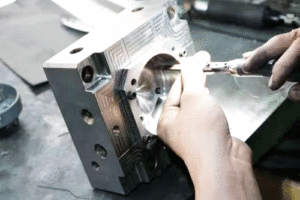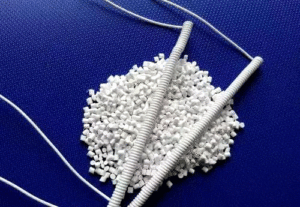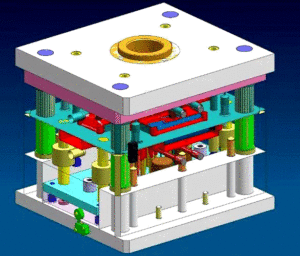
Polishing Treatment for Plastic Molds
Polishing Treatment for Plastic Molds With the widespread application of plastic products, such as daily-use items and beverage packaging containers, there is often a requirement
In the actual injection molding production site, there are five main reasons for mold failure:
The main reasons for this kind of failure are as followings:
Influence:
The failure of plastic deformation can lead to the deformation of the mold, which ultimately affects the quality of the forging.
The basic cause of mold wear failure is the friction between the mold and the blank. However, the specific form of wear and the wear process are related to many factors like: the pressure, temperature, billet deformation speed and lubrication condition of the mold during the working process.
For hot-worked molds, the wear resistance of the cavity surface is softened by high temperature. Besides, the oxide scale itself also acts as an abrasive, which determines that the wear process is more complicated.
Influence:
The wear failure of the die mainly leads to the wear of the forging die, which affects the accuracy of the forging.
The basic cause of die fatigue failure is stress concentration and cyclic loading.
Although the load on the mold is sometimes significantly lower than its yield strength, due to the local stress concentration, under low load, microcracks will still form at the stress concentration. The mold is usually served under high strength and low plasticity.
Influence:
When the microcracks are formed, under the cyclic load of the mold, they will be easy to grow and eventually lead to fatigue fracture.
For hot work molds, the surface temperature of the mold often rises to the range of 600 to 900 ℃ due to the interaction with the hot blank during work. To keep the strength of the mold, it is necessary to spray a coolant on the mold after demolding to cool it down.
In this way, the mold surface repeatedly undergoes rapid cooling and rapid heating. And considerable cyclic thermal stress is accumulated on the mold surface. The stress is finally released in the form of cold and hot fatigue, forming cold and hot fatigue cracks.
And because of the high-temperature oxidation, coolant corrosion, and friction between the mold and the high-temperature blank, the process of thermal fatigue is accelerated.
Because the actual working conditions of the mold are extremely complicated, multiple damage forms can often appear on a pair of molds at the same time. Once these damages appear, they may promote each other and eventually accelerate the failure of the mold.

Polishing Treatment for Plastic Molds With the widespread application of plastic products, such as daily-use items and beverage packaging containers, there is often a requirement

Injection Molding Techniques for TPE and TPR Injection Molding Techniques for TPE and TPR 1. Dry the TPE and TPR material before injection molding It

Winter Maintenance Measures for Injection Molding Machines As winter approaches and temperatures gradually drop, a cold chill envelops the earth. While ensuring personal warmth, it

Assessment Regulations for Mold Trial Exceeding 3 Times Assessment Regulations for Mold Trial 1. Purpose The purpose of this regulation is to standardize the work of